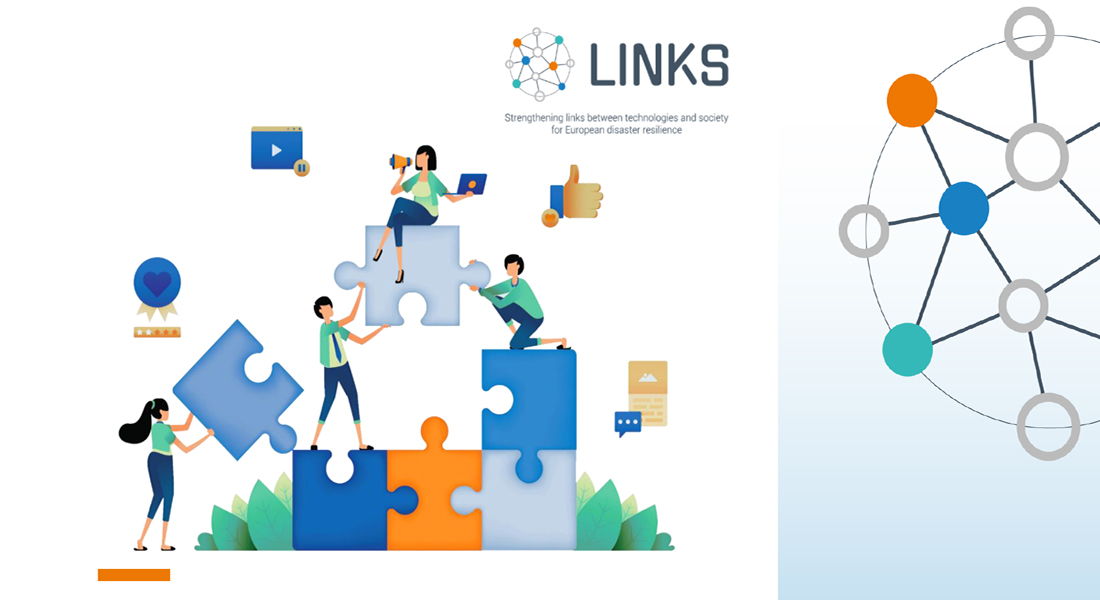Exploring the impacts of social media and crowdsourcing on disaster resilience
The effectiveness of the uses of SMCS in disasters remains unclear owing to the diversity among disaster risk perception and vulnerability (DRPV), disaster management processes (DMP), and SMCS technologies. SMCS technologies are programs and applications that can be used for communication and coordination in crisis situations and for gathering information from communities.


From the paper's introduction:
During the various phases of disaster and crisis management, formal authorities and responding organizations are increasingly looking for meaningful information, knowledge and input from a wide variety of stakeholders, including the private sector, non-governmental organizations, interest groups, local communities and citizen networks. In recent years, regions, states, and municipalities have increasingly worked to integrate social media and crowdsourcing (SMCS) services and technologies into crisis management, be it based on local activities, or globally connected (Harrison & Johnson, 2019; Riccardi, 2016).
Research has been undertaken on crowdsourcing methods and tools (Poblet et al., 2018). Crowdsourcing has been studied in relation to the (lack of) trust in the information exchanged via social media and crowdsourcing at times of disasters (Mehta et al., 2017), for disaster awareness (Rogstadius et al., 2013), for early warning systems (Meissen & Fuchs-Kittowski, 2014), digital volunteers (Starbird, 2011; Zook et al., 2010), and rapid damage assessment (Yuan & Liu, 2018).
However, the effectiveness of the uses of SMCS in disasters remains unclear owing to the diversity among disaster risk perception and vulnerability (DRPV), disaster management processes (DMP), and SMCS technologies. SMCS technologies are programs and applications that can be used for communication and coordination in crisis situations and for gathering information from communities. This can be done passively, such as by analyzing social media data, or actively, for example, by coordinating volunteer helpers. For instance, monitoring news and images from social media during a crisis can be a crucial aid for emergency response organizations to gain a more comprehensive situational picture.
This paper provides insights into the ongoing research and findings of the LINKS project, which focuses on the application of SMCS technologies in disasters. Indeed, the overall objective of LINKS is strengthening the links between technologies and society for improved European disaster resilience, by producing sustainable advanced learning on the uses of SMCS in disasters. The sections in this paper proceed as follows: first we provide an introduction to LINKS and the objectives of project. Next, we provide an overview of the core concepts and approaches to the research. Thereafter we summarize the project’s findings to date, particularly relating to studies across the three knowledge domains. The final section of the paper provides a conclusion and lays out the plans for the work to be done in the coming phases of the project.
| Download the report here: Exploring the impacts of social media and crowdsourcing on disaster resilience |
| LINKS website: http://www.links-project.eu/ |
|
Clark NE, Boersma K, Bonati S, Fonio C, Gehlhar S, Habig T, et al. Exploring the impacts of social media and crowdsourcing on disaster resilience. Open Res Eur [Internet]. 2024 Jan 5; Available from: https://doi.org/10.12688/openreseurope.13721.3 |
